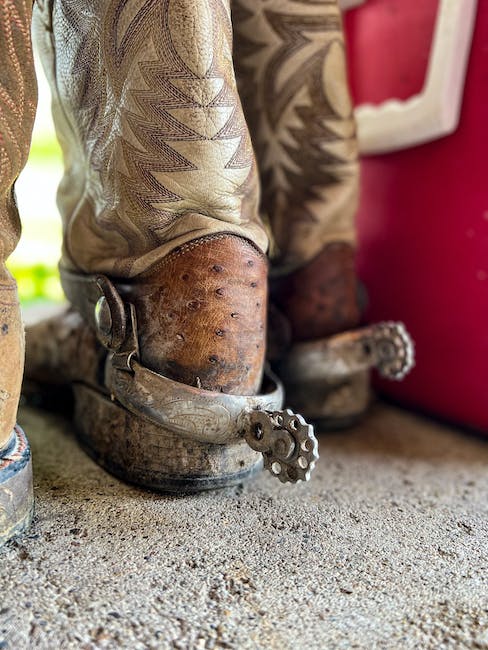Overview of
Osteophytes, bone spurs, and back pain are all linked because of the joint damage that can be caused by the former two. Osteophytes and bone spurs form around the spine and joints, which can cause pain and discomfort, as well as mobility issues. As such, understanding their causes, their treatments, and prevention are crucial for anyone experiencing back pain. In this article, we’ll discuss the basics of osteophytes, bone spurs, and their connection to back pain as well as common causes, treatments, and preventative measures.
What are Osteophytes & Bone Spurs?
Osteophytes, also known as bone spurs, are bony growths that form around the spine and the body’s larger joints. These growths usually form in the feet and hands, but they can occur in any joint. Osteophytes occur when the cartilage on the ends of two bones wears away, leaving the bones to rub against each other. This rubbing causes the formation of small lumps of bone that grow and form osteophytes. Bone spurs, on the other hand, are different from osteophytes because they form in response to tendinopathy or arthritis pain. They are hard areas of bone that form along the joint line, near the soft tissue of tendons and muscles.
Common Causes for Osteophytes & Bone Spurs
Osteophytes and bone spurs are often caused by age-related wear and tear on the spine and joints. Osteoarthritis and traumatic injuries can also cause osteophytes and bone spurs to form. Osteoarthritis is the most common type of arthritis and is caused by the wearing away of the cartilage in between the bones of a joint. Traumatic injuries, on the other hand, occur as a result of a violent force, such as a fall or car accident, and can also cause these bony growths to form.
Treating & Preventing Osteophytes & Bone Spurs
Treating osteophytes and bone spurs depends on the severity of the condition and the type of the growths. Mild osteophytes or bone spurs can be treated with anti-inflammatory drugs, physical therapy, or regular stretching. More severe cases may require surgery to remove the bits of bone or to fuse the joint.
Preventing osteophytes and bone spurs is possible by taking proactive care of your joints and spine. This can include simple things such as exercising regularly, maintaining a healthy weight, and using adequate footwear. Eating a healthy, balanced diet and avoiding smoking can also help to reduce your risk of developing osteophytes or bone spurs.
People Also Ask
What are the symptoms of osteophytes and bone spurs?
The most common symptom of an osteophyte or bone spur is pain or discomfort in the affected area. Depending on the location of the bone spur, there may also be swelling or stiffness in the joints.
Can you treat osteophytes and bone spurs without surgery?
Yes, most mild osteophytes and bone spurs can be treated without surgery. Anti-inflammatory drugs, physical therapy, and regular stretching may be enough to reduce the pain and alleviate the symptoms.
What activities should be avoided if you have osteophytes or bone spurs?
Activities that involve a lot of movement or strain on the affected area should be avoided if you have osteophytes or bone spurs. Activities such as jogging or sports should be avoided or at least done in moderation. It may also be beneficial to avoid standing or sitting in one position for extended periods of time.
Are osteophytes and bone spurs dangerous?
Osteophytes and bone spurs are usually not dangerous, but in some cases, they can cause more serious health issues. If the growths become too large, they can put pressure on the nerves in the affected area, which can cause more significant pain and discomfort.
Can osteophytes and bone spurs cause back pain?
Yes, osteophytes and bone spurs can cause back pain. If these growths form around the spine or along the joint line, they can lead to pain, stiffness, and decreased mobility in the affected area.
Final Words
Osteophytes and bone spurs can cause a variety of issues, such as joint pain and decreased mobility, in those that suffer from them. Knowing their common causes, treatments, and prevention can help anyone struggling with back pain manage their condition better. If you are experiencing pain or discomfort in your joints, it is important to seek medical attention right away to prevent any further damage.

